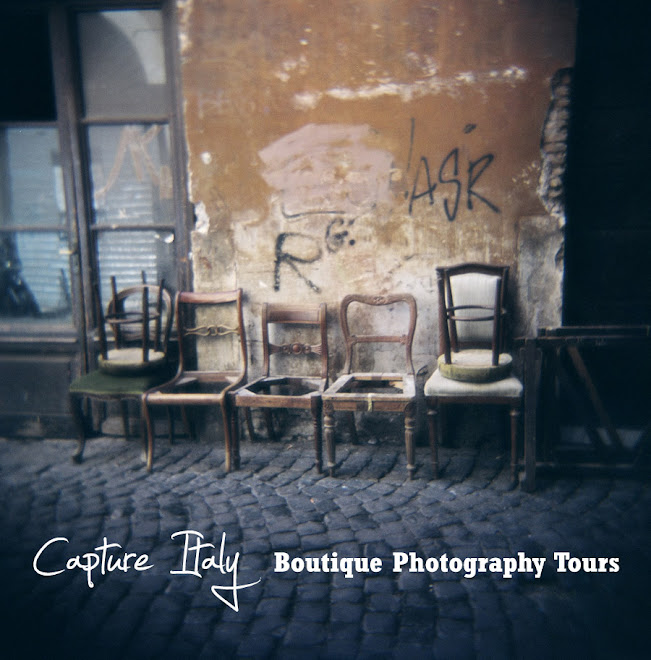There is one piece of photography gear I never leave home without. Its small, weighs next to nothing and is invaluable when I want to get as much of my image making correct in camera: a necessity for many of us travel photographers. We want to be travelling, not spending precious hours processing.
It’s my polarising filter. In fact, I have one for every lens and only take them off when I don’t need them.
Most may already know the polariser gives us wonderful blue skies and white clouds but its uses are far more than just that. They also increase colour and saturation in our images more to what our human eyes tell our brain we see.
Another use is to cut down or eliminate reflections. This can encompass a myriad of situations such as:
• photographing from within a vehicle such as a tour bus, plane or train;
• subjects behind glass panels such as in shop windows or in aquariums or zoos;
• reflections from foliage;
• reflections from water, sand, snow, ice
• reflections off many objects covered with water such as marine animals, rocks

Image by Danielle Lancaster
This magnificent image of a humpback whale was taken by Danielle during one of the Bluedog Photography Fraser Island Tours where participants get to go on a whale watching tour. Without a polarising filter, the whale’s body under the water would not be visible and there would have been unsightly highlights caused from water reflecting off the whale’s body out of the water.
Many think a polariser should never be used on an overcast day, yet I disagree. I use my polariser while photographing in the rainforest on overcast days as it increases the contrast and saturation to what my eye tells me I see. In the end what I get out of camera is closer to what I really see and therefore less I have to do in my new digital darkroom which simply means more time for photography!
 Image by Danielle Lancaster
Image by Danielle Lancaster
It’s my polarising filter. In fact, I have one for every lens and only take them off when I don’t need them.
Most may already know the polariser gives us wonderful blue skies and white clouds but its uses are far more than just that. They also increase colour and saturation in our images more to what our human eyes tell our brain we see.
Another use is to cut down or eliminate reflections. This can encompass a myriad of situations such as:
• photographing from within a vehicle such as a tour bus, plane or train;
• subjects behind glass panels such as in shop windows or in aquariums or zoos;
• reflections from foliage;
• reflections from water, sand, snow, ice
• reflections off many objects covered with water such as marine animals, rocks

Image by Anita Bromley/ Bluedog Photography
This splendid animal of Africa was captured at Australia Zoo on the Sunshine Coast, Queensland Australia by Bluedog Photographer and teacher Anita. The tiger was sitting behind a huge glass panel and the polariser eliminated the reflections on the glass of other people watching the animal beside Anita.

Image by Danielle Lancaster
This magnificent image of a humpback whale was taken by Danielle during one of the Bluedog Photography Fraser Island Tours where participants get to go on a whale watching tour. Without a polarising filter, the whale’s body under the water would not be visible and there would have been unsightly highlights caused from water reflecting off the whale’s body out of the water.
Many think a polariser should never be used on an overcast day, yet I disagree. I use my polariser while photographing in the rainforest on overcast days as it increases the contrast and saturation to what my eye tells me I see. In the end what I get out of camera is closer to what I really see and therefore less I have to do in my new digital darkroom which simply means more time for photography!
 Image by Danielle Lancaster
Image by Danielle LancasterAnd one of the best uses is when photographing a rainbow. They work absolutely brilliantly in this situation to give wonderful colours but be careful you can remove the rainbow from your scene by simply turning the polariser!
A couple of tips when using a polariser:
• Make sure the polarisation is not uneven;
• Make sure the polarisation is not overdone or looks too unnatural unless there is a specific mood you are creating;
• Watch your shutter speed – the polariser absorbs light. Most TTL metering systems inside your camera compensate for this;
• Don’t forget to turn it – yes I know it sounds simple but believe me I’ve met many who did not know they even had to turn it in the first place.
And if you haven’t bought one yet, only purchase a circular polariser as they work with any lens on autofocus. A must for any busy travel photographer and wildlife photographer.
Danielle Lancaster is a professional photographer who loves sharing her passion with others. Her company Bluedog Photography shoots a range of imagery for corporate and private clients and runs Bluedog Photography Courses, Retreats and Tours
Contact: (07) 5545 4777 or visit http://www.blue-dog.com.au/





